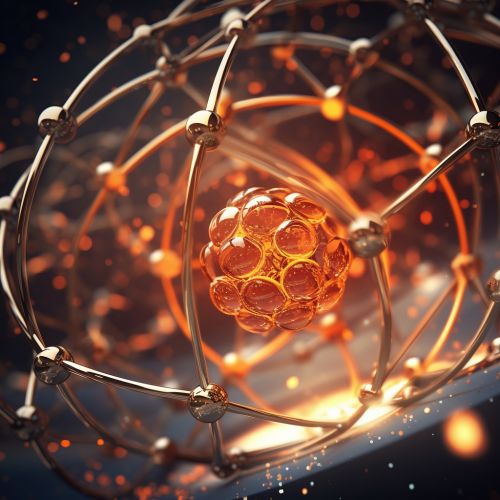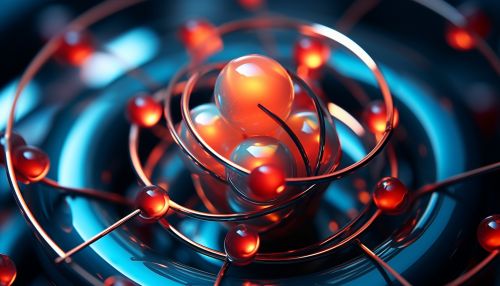Strong Interaction
Overview
The strong interaction or strong nuclear force is one of the four fundamental forces in nature, the others being gravitational, electromagnetic, and weak forces. It is responsible for binding protons and neutrons together in atomic nuclei, a phenomenon known as nuclear binding.


Fundamental Properties
The strong interaction is characterized by its immense strength, hence the name. It is approximately 100 times stronger than the electromagnetic force, a million times stronger than the weak force, and a staggering 10^38 times stronger than gravity. However, its strength rapidly decreases with distance, becoming negligible beyond distances of about 1 femtometer (10^-15 meters), a property known as color confinement.
Quantum Chromodynamics
The theory that describes the strong interaction is known as Quantum Chromodynamics (QCD). In QCD, the interaction is mediated by particles known as gluons, which carry a property called color charge. The color charge is analogous to the electric charge in electromagnetism, but it comes in three types, rather than one: red, green, and blue.
Role in the Universe
The strong interaction plays a crucial role in the structure and dynamics of the universe. It is responsible for the stability of atomic nuclei and the energy produced by stars, including our Sun, through the process of nuclear fusion. It is also involved in the processes that occur in the extreme conditions of neutron stars and supernovae.
